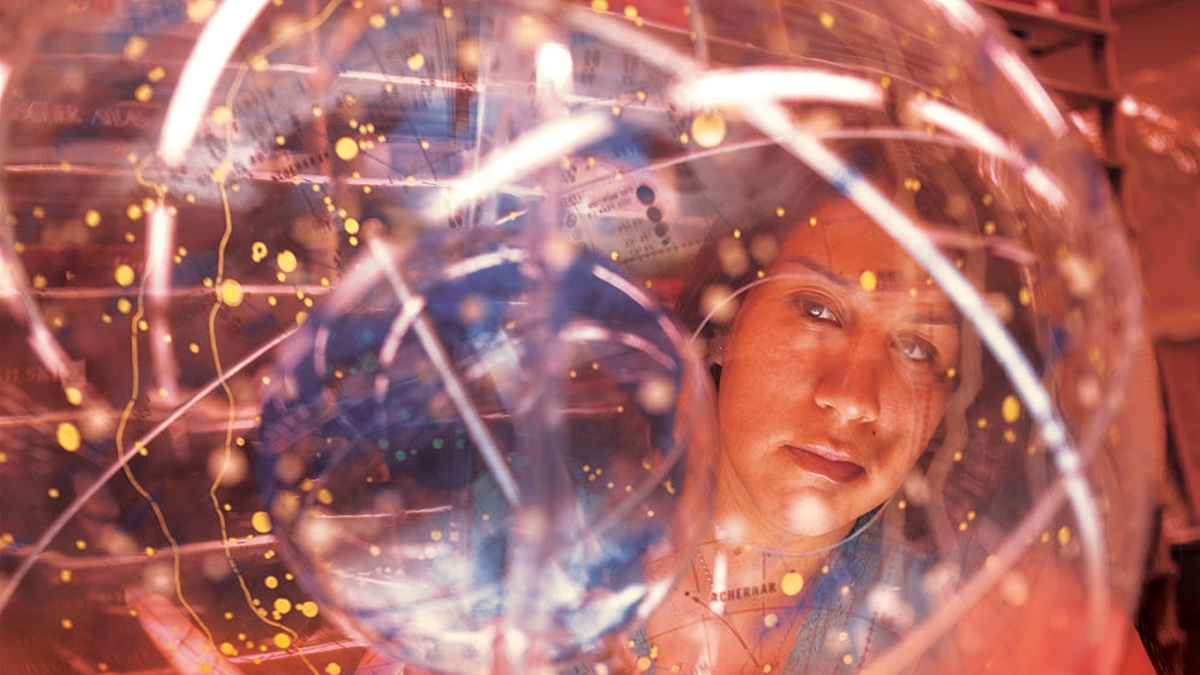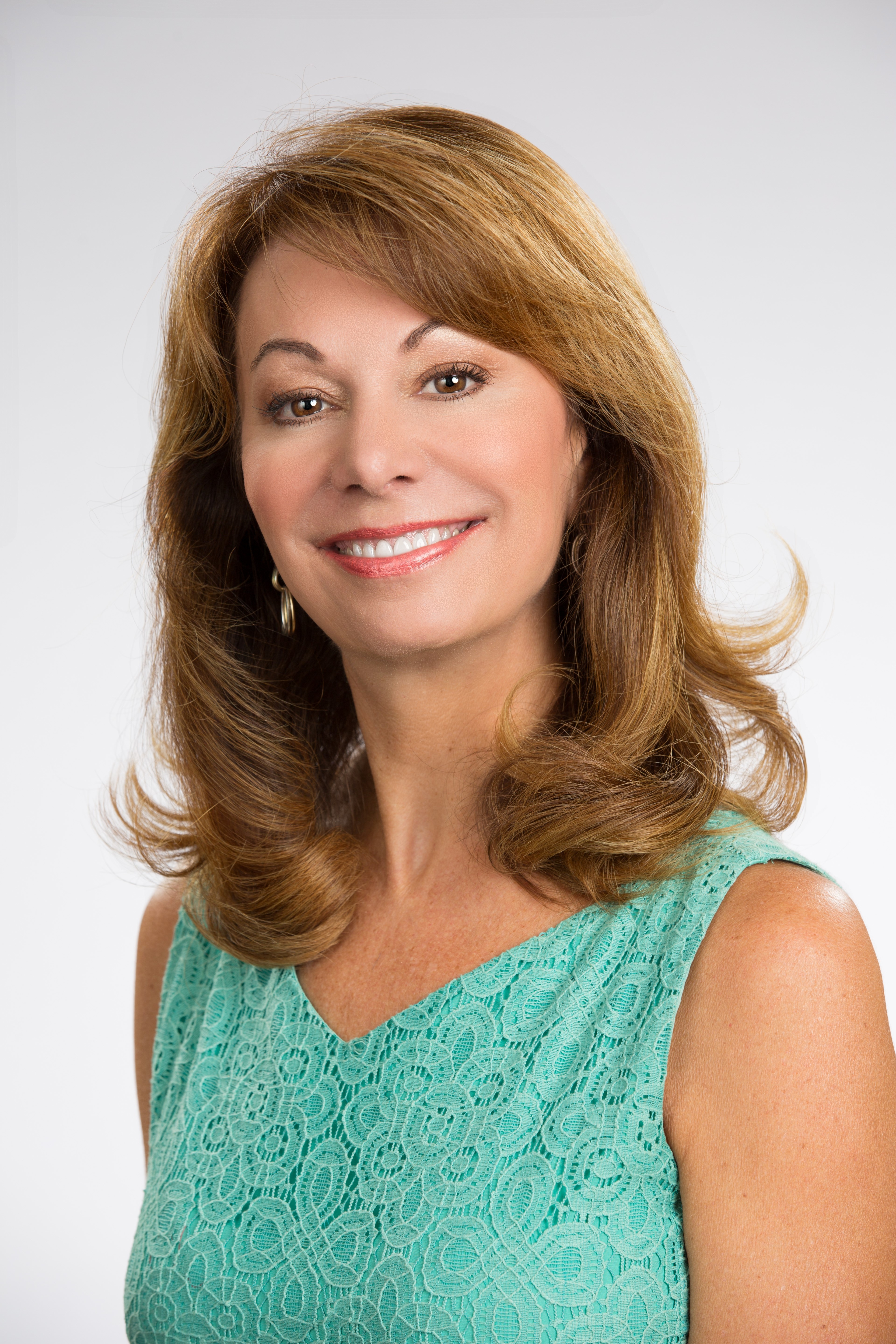Editor's note: This story is being highlighted in ASU Now's year in review. To read more top stories from 2017, click here.
Arizona State University is bridging the divide between high school and college with the new ASU Prep Digital High School, which will allow students to learn at their own pace and potentially accelerate the time it takes to earn a degree.
“This is truly a unique model that integrates high school through university, which is not something that currently exist in in the online space,” said Beatriz Rendon, vice president of Educational Outreach and CEO of ASU Preparatory Academies.
“It will be high engagement, and content will be adapted based on the pace of the learner.
“A lot of what’s out there in the online space is credit recovery, not college-going,” Rendon added. “The integration is the innovation in this model.”
The online school will join the network of ASU Prep charters, which include campuses in Casa Grande, Mesa and downtown Phoenix, with more than 2,000 total students.
Students can enroll in ASU Prep Digital High School full or part time, but the school also plans to partner with existing schools to fill in gaps — for example, providing advanced math or science classes that some schools can’t offer. In this way, ASU Prep Digital will be able to help more students become college-eligible.
The school will use the Cambridge International Curriculum, a rigorous and popular qualification system around the world. Students can achieve the Cambridge International General Certificate Secondary Education, potentially earning college credit based on their exam performance. ASU Prep Digital students can take Spanish, Latin or Mandarin. Students who are prepared can take ASU Online courses, including Human Origins or astronomy, to earn credit. Each student will be assigned a learning success coach and can participate in ASU experiences.
Julie Young is the deputy vice president and CEO of the new ASU Prep Digital High School.
The goal is to get students ready for their next step, according to Julie Young, the newly named deputy vice president and CEO of ASU Prep Digital High School.
“One of the things we’re most excited about is there’s such a focus on the opportunity to really prepare students in a very specific way for college and career,” she said.
Young has been involved with digital education since 1996, when access to the internet was via dial-up. She was the founding president and CEO of Florida Virtual Schools, which was the first online school district in that state.
“Initially, there was not a market for virtual education,” she said. “We had to convince parents, teachers and schools that this could be a high-quality way for a student to learn.”
Young spent a lot of time talking to students about their needs and asked schools to provide her with students to pilot a curriculum. The schools sent her 77 white male students who were already taking AP computer science and math.
“I like to say they gave us the kids they knew we couldn’t hurt,” said Young, whose school grew from those 77 to 2 million students in 50 states and 67 countries.
The biggest lesson she has learned is that all students can benefit from online courses.
“At the beginning, we really felt like there was going to be a certain type of student this would work for ,and we would have to screen the students and test them to make sure they were at a level to be successful,” said Young, who also worked as a classroom teacher and elementary school administrator.
“What we know now is that there are so many types of students that virtual education is appropriate for — students who are accelerated who don’t want to wait for the rest of the class to catch up, and those who are behind who need more time. If we can give them time to catch up without peer pressure or the pressure of the calendar, they wake up and say ‘I’m not stupid. I just need more time to learn this concept.’"
James Rund, senior vice president of Educational Outreach and Student Services at ASU, said that Young will bring a mastery of personalized learningAlso on the ASU Prep Digital High School team as national advisers are John Bailey, a former program officer with the Bill and Melinda Gates Foundation, and Michael Horn, chief strategy officer with Entangled Ventures and co-founder of the Clayton Christensen Institute for Disruptive Innovation, a nonprofit think tank. . “At ASU, we share Julie’s sense of urgency to reinvent educational models and provide access to learning for every student when and where they need it," he said.
Young said she’s eager to prepare students for a changing world.
“I’m excited about ASU’s vision to make an impact on the community and the fact they see the world as their community. One of the things I think our country needs more than anything right now in this global society, is to understand each other.
“We have an opportunity for that through virtual education, connecting cultures and communities around the globe.”
For more information about ASU Prep Digital High School and to enroll, visit asuprepdigital.asu.edu.
More Arts, humanities and education

Pen Project helps unlock writing talent for incarcerated writers
It’s a typical Monday afternoon and Lance Graham is on his way to the Arizona State Prison in Goodyear.It’s a familiar scene. Graham has been in prison before.“I feel comfortable in prison because of…

Phoenix civil rights activists highlighted in ASU professor’s latest book
As Phoenix began to grow following WWII, residents from other parts of the country moving to the area often brought with them Jim Crow practices. Racism in the Valley abounded, and one family at…

Happy mistake: Computer error brings ASU Online, on-campus students together to break new ground in research
Every Thursday, a large group of students gathers in the Teotihuacan Research Laboratory (TeoLab) in the basement of the School of Human Evolution and Social Change building on Arizona…



